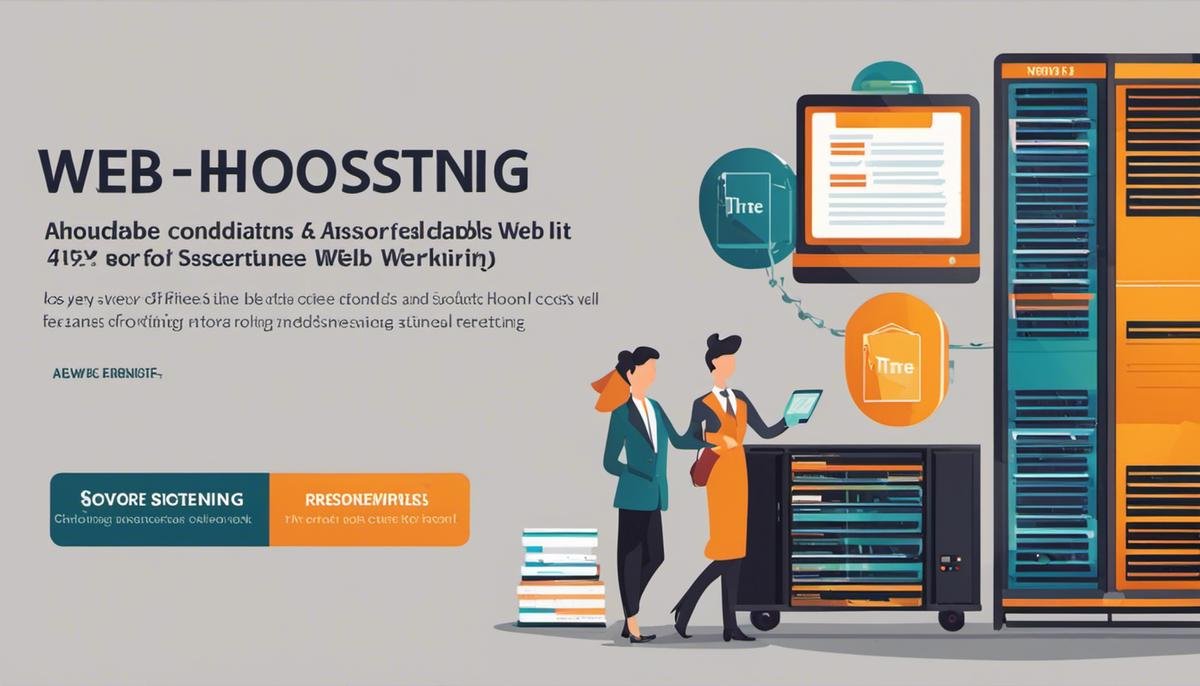Delving into the vast universe of investing, mutual funds emerge as a prominent sphere of interest for many investors – novice and experienced alike. Offering a blend of professional management and diversification, mutual funds provide room for significant financial growth. However, to effectively navigate this investment avenue, it’s essential to grip the rungs of its basic structure, understand its innate benefits and risks, and adopt effective investment strategies. This detailed exploration aims at demystifying mutual funds, enabling the general public to make informed and strategic investment decisions.
Understanding the Basics of Mutual Funds
In the world of investing, diversity and flexibility often reign supreme. No investment option embodies this better than mutual funds. Building wealth strategically, these financial vehicles have surged in popularity among a wide spectrum of investors – young, old, novice, expert, conservative, or aggressive. The question is, what really fuels the mutual fund wagon? And more importantly, what kind of assets does a typical fund hold?
At the heart of mutual fund investment is the allure of diversification. Remember the old saying about not putting all eggs in one basket? Well, mutual funds are the poster child of this wise investment strategy. By pooling cash from multiple investors, these investment vehicles allow individuals to hold a small stake in a vast number of various assets that they may not have been able to afford or access individually.
For investors who are jugglers managing multiple responsibilities – running businesses, fueling innovation, or simply managing a very busy personal life – mutual funds present a viable investment option. They embody the benefits of low cost and ease of access, sweetened with ample liquidity for investors who might need to quickly convert their assets back into cash.
Notably, mutual funds are not a one-size-fits-all solution. Depending on risk appetite, financial goals, and the time horizon for investment, different variants of mutual funds are available for investors to pick and choose. These range from equity funds, bond funds, index funds, to money market mutual funds.
So, what’s in a mutual fund exactly? The answer resides in an eclectic selection of assets. Stocks and bonds undoubtedly, are the bread-and-butter of most mutual fund portfolios. Stocks offer more potential for growth, while bonds provide relative stability, offering a counterweight to the unpredictability of the stock market.
Together, these assets provide balanced growth opportunities – serving dual goals of safety and capital appreciation. However, some mutual funds may also include a sprinkle of short-term debt, cash, and other money-market instruments, depending on the fund’s overarching investment strategy.
The secret sauce of mutual fund investment lies in its dynamic nature. As economies evolve and industries shift, the investment focus of mutual funds does not remain static. If electric vehicles are heating up or artificial intelligence is the next big thing, mutual funds can pivot and capitalize on these emerging opportunities.
In conclusion, mutual funds are an investment vehicle created to keep up with the changing times. Through diversification, they reduce individual investment risk. By offering a variety of assets, they cater to a spectrum of individual investor needs. With the industry’s agility to adapt and evolve, mutual funds remain an important fixture in the investor’s toolbox for wealth creation. Today, what truly spurs mutual fund investment is a combination of investment acumen and the flexibility they offer in a constantly evolving financial landscape.

Benefits and Risks of Mutual Funds
Moving beyond the surface level of mutual funds, astute financiers acknowledge the potent edge they bring in the broader discourse on risk management.
A well-constructed mutual fund can serve as a sturdy financial bulwark, dampening the tremors that often unsettle less diversified investments.
Beyond common stocks and bonds, an array of mutual funds expands into other assets such as treasury bills, foreign currencies, and sector-specific investments, presenting an excellent tool for sector rotation.
These shifts occur when specific industries perform well while others flounder, allowing investors to pivot towards prospering sectors and navigate economic cycles more effectively.
What’s more, the inherent liquidity of mutual funds sets them apart from other investments. Investors can typically buy or sell mutual fund shares each business day, providing considerable financial dexterity.
This aspect of mutual funds creates an ease of access that encourages financial participation, driving the democratization of the financial world.
Mutual funds are operated by professional money managers, whose expertise may afford investors a heightened level of confidence – that their investments are held in competent hands that continuously monitor performance and market trends to seize strategic opportunities as they unfold.
Yet, as with all financial decisions, investing in mutual funds comes with its own set of challenges.
Despite the guidance of professional fund managers, their decisions may not always pan out as planned.
Manager incompetence or a lack of proper due diligence can expose investors to unnecessary financial risk.
Additionally, mutual funds, due to their variety, also vary widely in associated costs.
High expense ratios and front-end or back-end sales load can chip away at returns.
Savvy investors are cautioned to thoroughly understand all fees associated with their chosen funds.
Lastly, while diversification is a strength of mutual funds, it can also be a caveat as it might limit potential gains.
When assets are spread across various sectors, a sharp surge in one can be undercut by underperformance in others.
In summary, mutual funds offer a dynamic option in the investment landscape.
Leveraging their many features, they have the potential to generate substantial wealth or provide a stable income.
Still, investors must be alert to potential pitfalls and ensure their chosen funds align with their financial goals and risk tolerance.
As a tool within the broader investment toolbox, they can significantly contribute to financial prosperity when deployed intelligently.

Strategies for Investing in Mutual Funds
The beauty of mutual funds lies not only in their extensive diversification and flexible nature but also in the strategies one can adopt to extract maximum return from these investments. Knowing where to invest and how much is quintessential, but devising effective strategies is the real secret sauce. Here are a few you can consider to maximize your mutual fund returns.
- Understanding market cycles and timing your purchase and sale in mutual funds can significantly enhance your gains. Buying mutual funds when the market is in a downturn and selling when the market is on an upbeat can help to improve the overall returns. This is an added benefit that comes with mutual fund investing over investing directly in stocks or bonds.
- Regular investing also plays a pivotal role in optimizing your mutual fund returns. It refers to investing a fixed sum of money at regular intervals, irrespective of the market condition. Known as Systematic Investment Plans or SIPs, this approach ensures you buy more units when the markets are low and fewer units when they are high, resulting in cost averaging and risk reduction.
- Another strategy is to rebalance your portfolio annually to keep it aligned with your desired risk level. If one fund outperforms and grows to become a large part of your portfolio, it exposes you to more risk. By selling some shares of the overachievers and buying more of the underperformers, you can maintain your risk exposure.
- Similarly, tax-efficiency is a crucial aspect usually overlooked. Remember, it is not the gross return but the net return after taxes that matter. Try aiming for long-term capital gains, which are generally taxed at rates significantly lower than short-term gains. Furthermore, consider tax-exempt mutual funds for areas of your portfolio where you will realize gains often.
- Selecting the right fund manager is also key to maximizing your returns. Delve into their credentials, past performance, and investment methodologies. A capable manager can significantly affect the fund’s performance, primarily through the selection of securities and the timing of purchases and sales.
- Lastly, benchmarking your fund’s performance against relevant indices is essential. It helps in assessing your fund manager’s ability and the fund’s overall performance. If your fund consistently underperforms the benchmark, it might be time to consider other options.
Mutual fund investments require keen judgment, prudent thinking, and of course, the right strategies. By mastering these, you can transform these dynamic assets into powerful tools for wealth creation. Remember, mutual funds are no magic; they need time to perform. So, invest wisely and give it ample time to grow. There might be volatility and downsides, but in the long term, they often even out, offering decent returns. Remember, the entrepreneurial spirit is not for the faint-hearted; it requires courage, conviction, and an appetite for calculated risk. Embrace these, and the financial world is your oyster. So, go ahead and conquer it.

Investing in mutual funds need not be a daunting saga for those equipped with the right knowledge and strategic insights. Understanding the bedrock of mutual funds – their basic structure and operation, acknowledging the associated benefits and risks, and armed with strategies for successful investing is crucial in shaping investor success. Moreover, maintaining the discipline of regular monitoring of fund performance enhances strategic investing. Embracing these cornerstones of informed investing can pave the path towards achieving one’s financial goals whilst mitigating risks. The world of mutual funds is a dynamic landscape, offering real opportunities to those willing to learn, adapt, and grow on this financial journey.












































